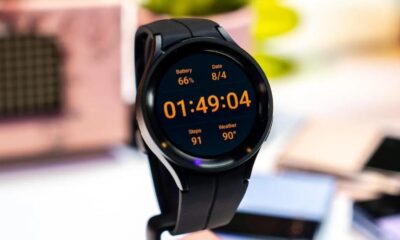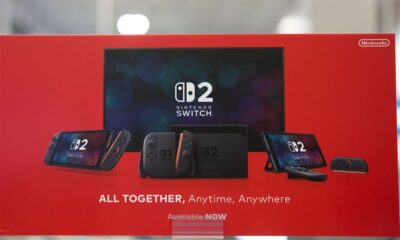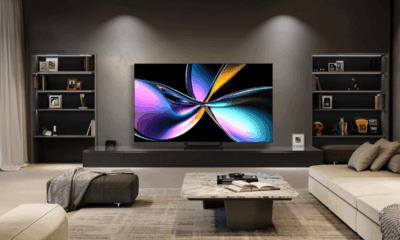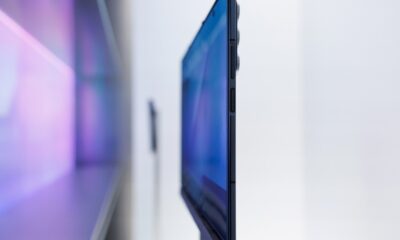Technology
RGB Mini-LED Technology Sparks Competition Among Major TV Brands
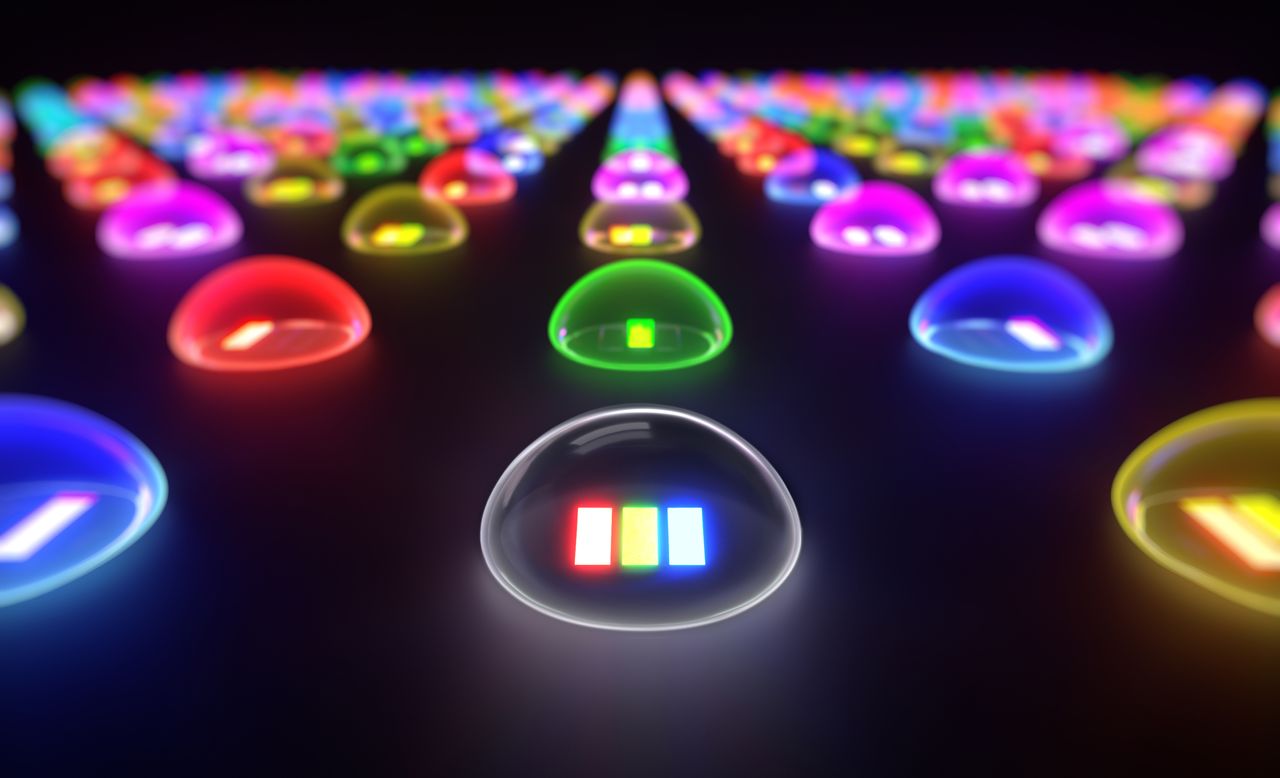
In a significant development for the television industry, leading brands like Samsung, Sony, and Hisense have introduced new models featuring cutting-edge RGB Mini-LED technology. This innovation promises to enhance the viewing experience with brighter images, improved contrast, and superior color volume, potentially surpassing the capabilities of existing OLED TVs. As these companies strive to capitalize on this breakthrough, the market may be on the brink of a new era in television technology.
Understanding RGB Mini-LED Technology
RGB Mini-LED represents an evolution in display technology, building on the advancements of traditional Mini-LED panels. These newer models utilize smaller LEDs with enhanced controllability, allowing for better contrast and color reproduction. In contrast to standard Mini-LEDs, which typically rely on white LEDs filtered through color layers, RGB Mini-LEDs incorporate red, green, and blue LEDs that can be individually controlled across multiple dimming zones.
This capability enables RGB Mini-LED TVs to achieve color accuracy levels that could cover between 95% to 100% of the BT.2020 color gamut, a standard used to assess color performance in displays. For context, even high-end OLED TVs currently reach only around 89% to 92% of this color spectrum. As a result, RGB Mini-LEDs could redefine standards for color in television displays.
Brand Innovations and Offerings
Each of the major brands is exploring the RGB Mini-LED technology in unique ways. Samsung has taken a bold step with its Micro RGB TV, currently available only in a 115-inch model priced at $29,999. Samsung claims this TV covers 100% of the BT.2020 color gamut, a feat that would position it ahead of its competitors. The Micro RGB TV includes a native refresh rate of 144Hz and features Samsung’s Vision AI software for enhanced viewing.
On the other hand, Hisense introduced its version, initially dubbed TriChroma LED, now referred to as RGB Mini-LED. The 116UX model, which was unveiled at CES 2025, comes in at a similar price point of $29,999, making it one inch larger than Samsung’s offering. Hisense claims the 116UX can achieve over 95% coverage of the BT.2020 color gamut and has been noted for its exceptional brightness, exceeding 5,000 nits in HDR testing.
Meanwhile, Sony is taking a more cautious approach in its exploration of RGB Mini-LED technology. Although the company has not yet officially named its model, it is referred to informally as the Bravia 10. Sony’s version reportedly covers 90% of the BT.2020 spectrum and can reach brightness levels of 4,000 nits. However, Sony plans to launch its TV in 2026, making it the latest entry in this competitive space.
While these new models are impressive, their high price points may limit accessibility for most consumers. Currently, the market for large televisions, particularly those exceeding 100 inches, remains niche. However, as production processes improve, it is anticipated that RGB Mini-LED technology will eventually be available in more affordable sizes, such as 65 inches and 75 inches.
As brands continue to innovate, RGB Mini-LED technology stands as a potential bridge between the current Mini-LED displays and the TVs of the future. The coming years will likely see significant developments as companies strive to make this advanced technology more accessible to a broader audience.
-

 Technology5 months ago
Technology5 months agoDiscover the Top 10 Calorie Counting Apps of 2025
-

 Health2 months ago
Health2 months agoBella Hadid Shares Health Update After Treatment for Lyme Disease
-

 Health3 months ago
Health3 months agoErin Bates Shares Recovery Update Following Sepsis Complications
-

 Technology4 months ago
Technology4 months agoDiscover How to Reverse Image Search Using ChatGPT Effortlessly
-

 Technology1 month ago
Technology1 month agoDiscover 2025’s Top GPUs for Exceptional 4K Gaming Performance
-

 Technology2 months ago
Technology2 months agoElectric Moto Influencer Surronster Arrested in Tijuana
-

 Technology5 months ago
Technology5 months agoMeta Initiates $60B AI Data Center Expansion, Starting in Ohio
-

 Technology5 months ago
Technology5 months agoRecovering a Suspended TikTok Account: A Step-by-Step Guide
-

 Health4 months ago
Health4 months agoTested: Rab Firewall Mountain Jacket Survives Harsh Conditions
-

 Lifestyle5 months ago
Lifestyle5 months agoBelton Family Reunites After Daughter Survives Hill Country Floods
-

 Technology4 months ago
Technology4 months agoHarmonic Launches AI Chatbot App to Transform Mathematical Reasoning
-

 Technology3 months ago
Technology3 months agoUncovering the Top Five Most Challenging Motorcycles to Ride

